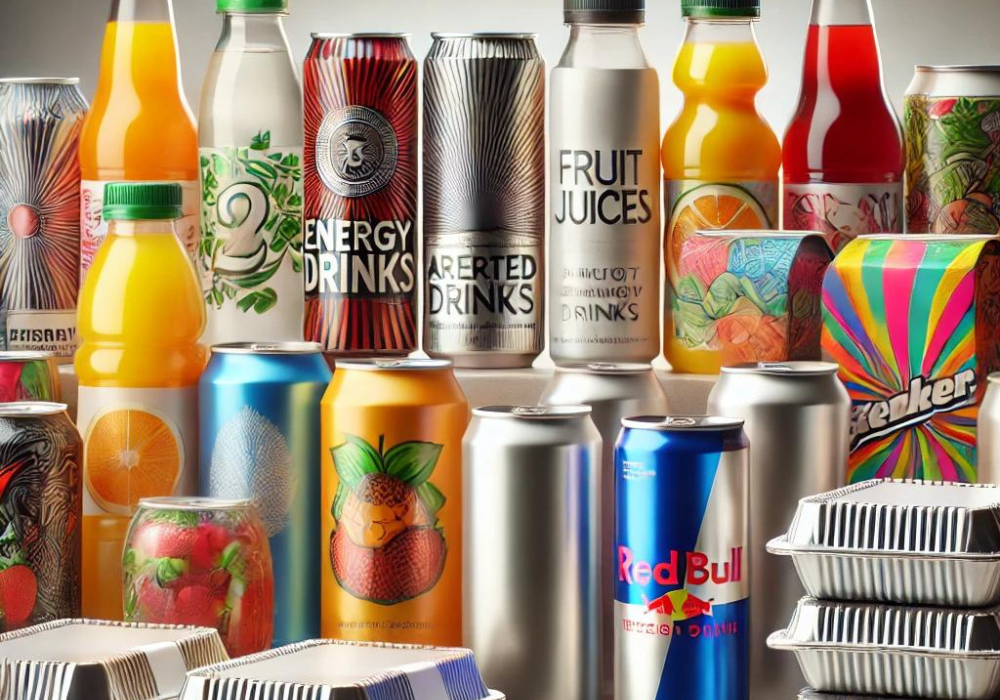

Canned food producers in the United States are voicing growing concern over the disruptions caused by the country’s unpredictable trade policies. Andy Russick, a canned fruits and tomatoes manufacturer, has highlighted how rising tariffs have led to surging raw material costs, calling the strategy only a blunt tool to counter cheap Chinese imports. Previously, soft drink, beer and pre-packaged food companies had also echoed similar concerns. With heightened tariffs on aluminium and steel imports, questions are now mounting over the future direction of global packaging—are we heading towards more instability and rising costs in the supply chain?

Before entering the trade war, the packaging sector faced challenges in imports of Chinese fruit cocktails, similar canned foods, and vegetables across Southeast Asia and Europe, which stacked the US supermarket shelves and eliminated the price of comparable products sourced within the US.
Now, after imposing the 50 per cent tariff on aluminium and steel, key packaging metals, sparks reckoning for companies, especially in personal care and beverage sectors. Challenges like increased cost force switching to cheaper packaging options like plastic, fibre-based containers, and glass, creating an opportunity for those sectors.
Before doubling the tariff on aluminium and steel to 50 per cent, the CEO of Coca-Cola, James Quincey, conveyed their intention to shift their packaging to alternative options like plastic if the price of the cans becomes prohibitive. Russick, owing to this, stated that it is expected that the global packaging sector will slowly shift to aseptic carton packaging, like the ones produced by Swedish-Swiss Tetra Pak.
On this account, Campbell Co., whose soup cans became famous artworks, has also stated its intention to rely solely on steel packaging to mitigate the increased cost incurred due to the tariff.
Other sectors benefiting from the 50 per cent tariff slap
SIS Group, a company offering aluminium-free aseptic cartons, has stated the trade war is currently fuelling a discussion concerning eliminating the use of aluminium in beverage packaging.
On the other hand, the glass makers hope to attain a higher market share in beer packaging since aluminium cans are subject to the 50 per cent tariff.
Future of the aluminium packaging sector
In the long run, the persistent tariff would not only tighten the margin, forcing a response but also require the companies in this sector worldwide to rethink and shift their packaging strategy.
Russick is also redefining the strategy of Pacific Coast to pass from USD 8 million to USD 10 million, with the recent cost stemming from the tariff on the speciality steel used for cans. The firm expects to crack USD 40 million next year with this strategy.
Persisting challenges with the shift
Hurdles like cost and logistics are the first line when the packaging sector tries to shift to alternatives other than aluminium. This is more so because glass packaging is costlier than aluminium and steel and heavier for shipment processing.
The recycling opportunities of the other alternatives are much lower than that of aluminium, increasing the cost of packaging and intensifying energy use. On the contrary, using recycled aluminium would not significantly change the overall strategies that already deal with aluminium packaging.
During times of heightened uncertainty, companies are unlikely to rapidly shift to alternative forms of packaging, as they remain cautious about making significant financial or strategic moves based on policies they believe may not be permanent.
Also read: Tariffs bite: US domestic B&C sector struggles with rising project costs as aluminium prices mount
Responses








